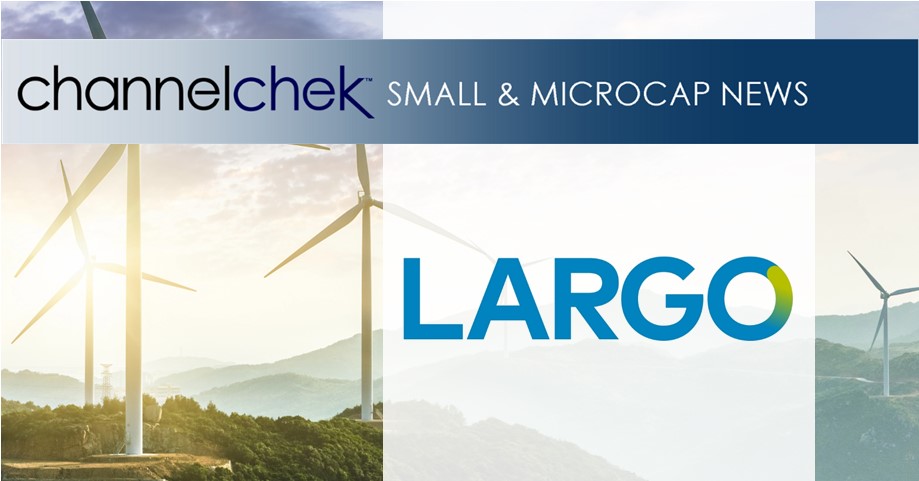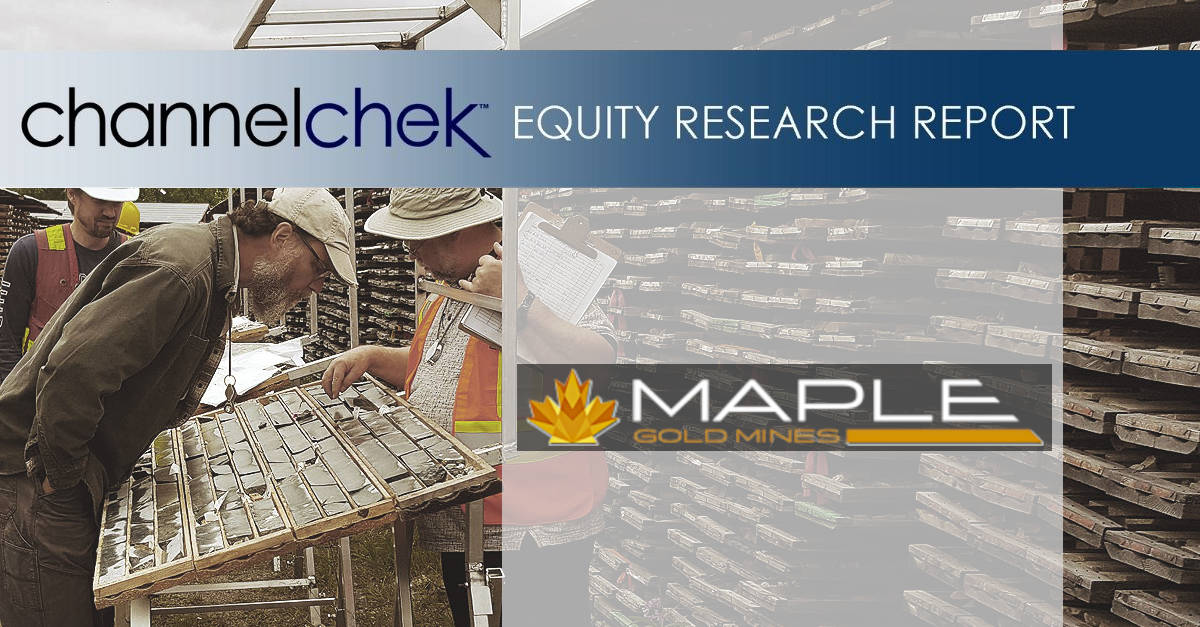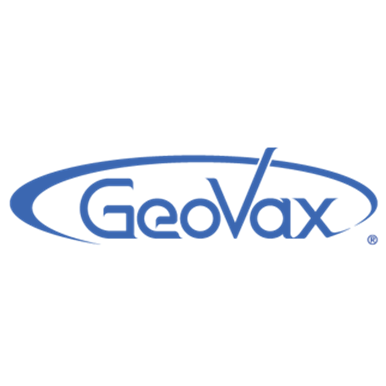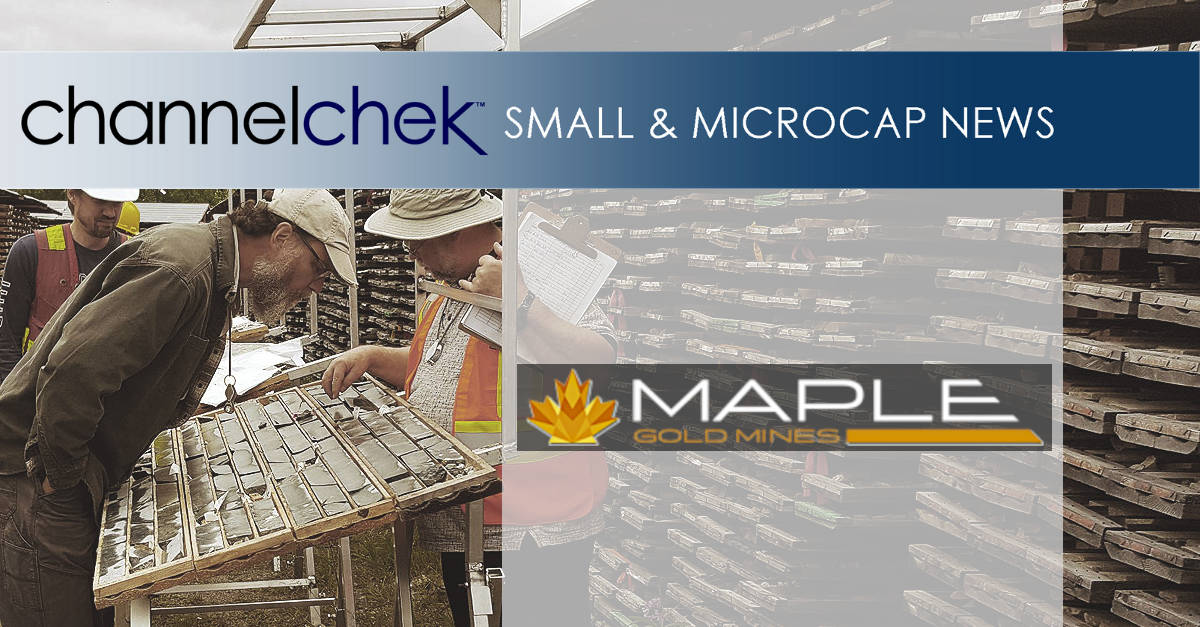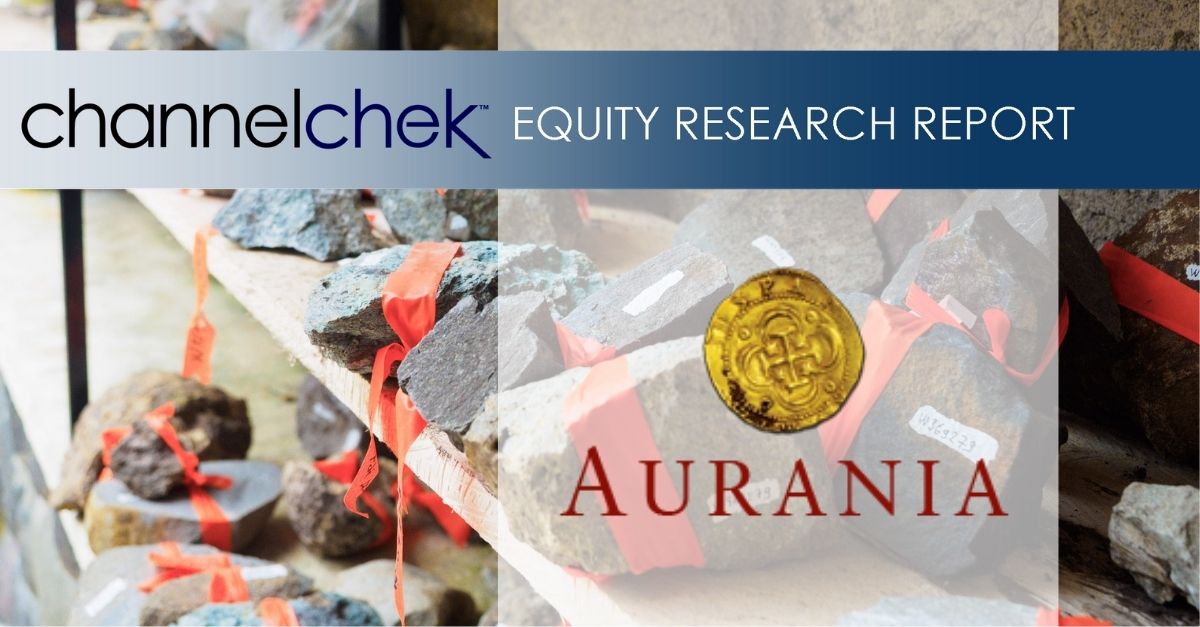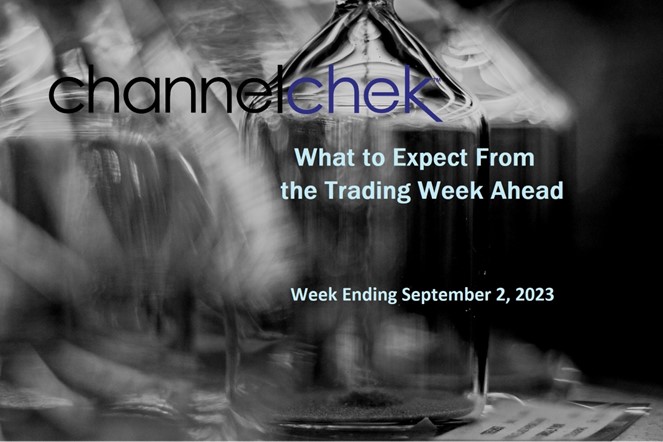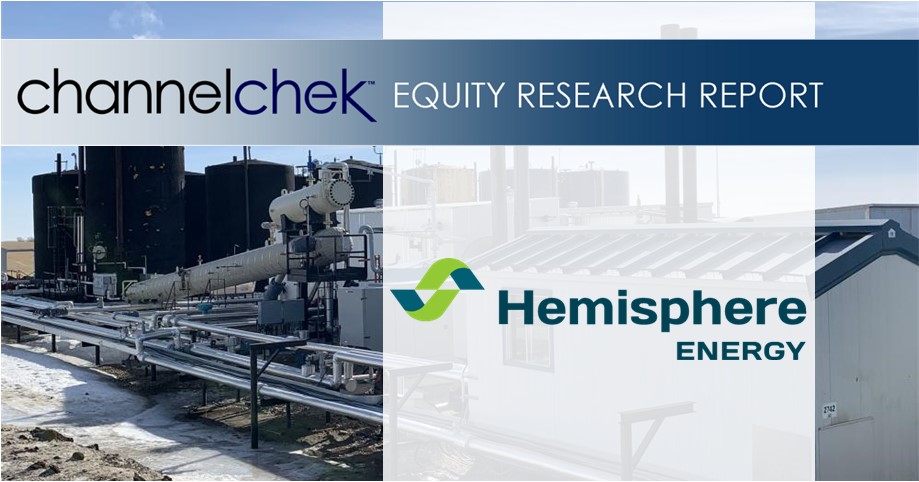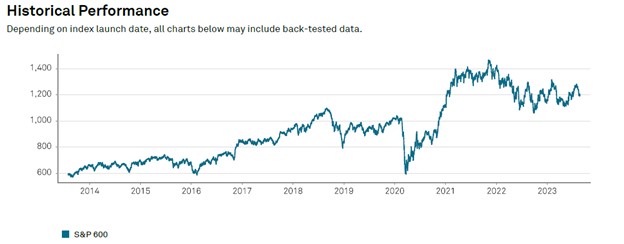
Research News and Market Data on DRCT
August 29, 2023 9:00am EDTDownload as PDF
HOUSTON, Aug. 29, 2023 /PRNewswire/ — Direct Digital Holdings, Inc. (Nasdaq: DRCT) (“Direct Digital Holdings” or the “Company”), a leading advertising and marketing technology platform operating through its companies Colossus Media, LLC (“Colossus SSP”), Huddled Masses LLC (“Huddled Masses”) and Orange142, LLC (“Orange142”), today announced that the Company has commenced an offer to purchase (the “Offer”) all of its outstanding publicly traded warrants (the “Warrants”) to purchase shares of its Class A common stock, par value $0.001 per share, at a purchase price of $1.20 in cash, without interest. The purpose of the Offer is to reduce the number of shares of Class A common stock that would become outstanding upon the exercise of Warrants, thus simplifying, and providing investors and potential investors with greater certainty as to, Direct Digital Holdings’ capital structure.
Direct Digital Holdings is also soliciting consents (the “Consent Solicitation”) to amend the Warrant Agreement, dated as of February 15, 2022 (the “Warrant Agreement”), by and between Direct Digital Holdings and Equiniti Trust Company, LLC (formerly American Stock Transfer & Trust Company, LLC (the “Transfer Agent”), which governs all of the Warrants, to permit Direct Digital Holdings to redeem each outstanding Warrant for $0.35 in cash, without interest, which is approximately 71% less than the price applicable to the Offer (such amendment, the “Warrant Amendment”). Pursuant to the terms of the Warrant Agreement, the adoption of the Warrant Amendment will require the consent of holders of at least a majority of the outstanding Warrants. In order to tender the Warrants in the Offer and receive $1.20 in cash for each of their Warrants, holders of the Warrants are required to consent to the Warrant Amendment. The Offer will be open until one minute after 11:59 p.m., Eastern Time, on September 26, 2023, unless extended or earlier terminated by Direct Digital Holdings (the “Expiration Date”). Tendered Warrants may be withdrawn by holders at any time prior to the Expiration Date. The Company’s obligation to complete the Offer is conditioned on the tender of more than 50% of the outstanding Warrants.
The Offer and Consent Solicitation are being made pursuant to an Offer to Purchase dated August 29, 2023, and Schedule TO, dated August 29, 2023, each of which will be filed with the Securities and Exchange Commission (“SEC”) and more fully set forth the terms and conditions of the Offer and Consent Solicitation.
The Company’s Class A common stock and Warrants are listed on The Nasdaq Stock Market LLC under the symbols “DRCT” and “DRCTW,” respectively. As of August 29, 2023, a total of 3,217,800 Warrants were outstanding.
Stifel, Nicolaus & Company, Incorporated has been appointed as the Dealer Manager for the Offer and Consent Solicitation, D.F. King, Co., Inc. (“D.F. King”) has been appointed as the Information Agent for the Offer and Consent Solicitation, and Equiniti Trust Company, LLC has been appointed as the Depositary for the Offer and Consent Solicitation. All questions concerning tender procedures and requests for additional copies of the offer materials, including the letter of transmittal and consent should be directed to D.F. King.
Important Additional Information Has Been Filed with the SEC
Copies of the Schedule TO and Offer to Purchase will be available free of charge at the website of the SEC at www.sec.gov. Requests for documents may also be directed to D.F. King at (866) 796-1290 (toll-free) or drct@dfking.com.
This announcement is for informational purposes only and shall not constitute an offer to purchase or a solicitation of an offer to sell the Warrants. The Offer and Consent Solicitation are being made only through the Schedule TO and Offer to Purchase, and the complete terms and conditions of the Offer and Consent Solicitation are set forth in the Schedule TO and Offer to Purchase.
Holders of the Warrants are urged to read the Schedule TO and Offer to Purchase carefully before making any decision with respect to the Offer and Consent Solicitation because they contain important information, including the various terms of, and conditions to, the Offer and Consent Solicitation.
None of Direct Digital Holdings, any of its management or its board of directors, or the Dealer Manager or the Information Agent or Depositary or any other person makes any recommendation as to whether or not Warrant holders should tender Warrants for exchange in the Offer or consent to the Warrant Amendment in the Consent Solicitation. Warrant holders must make their own decision as to whether to tender their Warrants and, if so, how many Warrants to tender.
About Direct Digital Holdings
Direct Digital Holdings (Nasdaq: DRCT), owner of operating companies Colossus SSP, Huddled Masses, and Orange 142, brings state-of-the-art sell- and buy-side advertising platforms together under one umbrella company. Direct Digital Holdings’ sell-side platform, Colossus SSP, offers advertisers of all sizes extensive reach within general market and multicultural media properties. The Company’s subsidiaries Huddled Masses and Orange142 deliver significant ROI for middle market advertisers by providing data-optimized programmatic solutions at scale for businesses in sectors that range from energy to healthcare to travel to financial services. Direct Digital Holdings’ sell- and buy-side solutions manage on average over 136,000 clients monthly, generating approximately 250 billion impressions per month across display, CTV, in-app and other media channels.
Forward Looking Statements
This press release may contain forward-looking statements within the meaning of federal securities laws, including the Private Securities Litigation Reform Act of 1995, Section 27A of the Securities Act of 1933, as amended, and Section 21E of the Securities Exchange Act of 1934, as amended, and which are subject to certain risks, trends and uncertainties.
As used below, “we,” “us,” and “our” refer to the Company. We use words such as “could,” “would,” “may,” “might,” “will,” “expect,” “likely,” “believe,” “continue,” “anticipate,” “estimate,” “intend,” “plan,” “project” and other similar expressions to identify forward-looking statements, but not all forward-looking statements include these words. All statements contained in this press release that do not relate to matters of historical fact should be considered forward-looking statements.
All of our forward-looking statements involve estimates and uncertainties that could cause actual results to differ materially from those expressed in or implied by the forward-looking statements. Our forward-looking statements are based on assumptions that we have made in light of our industry experience and our perceptions of historical trends, current conditions, expected future developments and other factors we believe are appropriate under the circumstances. Although we believe that these forward-looking statements are based on reasonable assumptions, many factors could affect our actual operating and financial performance and cause our performance to differ materially from the performance expressed in or implied by the forward-looking statements, including, but not limited to: our dependence on the overall demand for advertising, which could be influenced by economic downturns; any slow-down or unanticipated development in the market for programmatic advertising campaigns; the effects of health epidemics; operational and performance issues with our platform, whether real or perceived, including a failure to respond to technological changes or to upgrade our technology systems; any significant inadvertent disclosure or breach of confidential and/or personal information we hold, or of the security of our or our customers’, suppliers’ or other partners’ computer systems; any unavailability or non-performance of the non-proprietary technology, software, products and services that we use; unfavorable publicity and negative public perception about our industry, particularly concerns regarding data privacy and security relating to our industry’s technology and practices, and any perceived failure to comply with laws and industry self-regulation; restrictions on the use of third-party “cookies,” mobile device IDs or other tracking technologies, which could diminish our platform’s effectiveness; any inability to compete in our intensely competitive market; any significant fluctuations caused by our high customer concentration; our limited operating history, which could result in our past results not being indicative of future operating performance; any violation of legal and regulatory requirements or any misconduct by our employees, subcontractors, agents or business partners; any strain on our resources, diversion of our management’s attention or impact on our ability to attract and retain qualified board members as a result of being a public company; our dependence, as a holding company, on receiving distributions from Direct Digital Holdings, LLC to pay our taxes, expenses and dividends; the satisfaction of the conditions to the Offer, including the minimum tender condition; and other factors and assumptions discussed in the “Risk Factors,” “Management’s Discussion and Analysis of Financial Conditions and Results of Operations” and other sections of our filings with the Securities and Exchange Commission that we make from time to time. Should one or more of these risks or uncertainties materialize or should any of these assumptions prove to be incorrect, our actual operating and financial performance may vary in material respects from the performance projected in these forward-looking statements. Further, any forward-looking statement speaks only as of the date on which it is made, and except as required by law, we undertake no obligation to update any forward-looking statement contained in this press release to reflect events or circumstances after the date on which it is made or to reflect the occurrence of anticipated or unanticipated events or circumstances, and we claim the protection of the safe harbor for forward-looking statements contained in the Private Securities Litigation Reform Act of 1995.
Contacts:
Investors:
Brett Milotte, ICR
Brett.Milotte@icrinc.com
View original content to download multimedia:https://www.prnewswire.com/news-releases/direct-digital-holdings-announces-commencement-of-an-offer-to-purchase-and-consent-solicitation-relating-to-its-warrants-301912502.html
SOURCE Direct Digital Holdings
Released August 29, 2023

